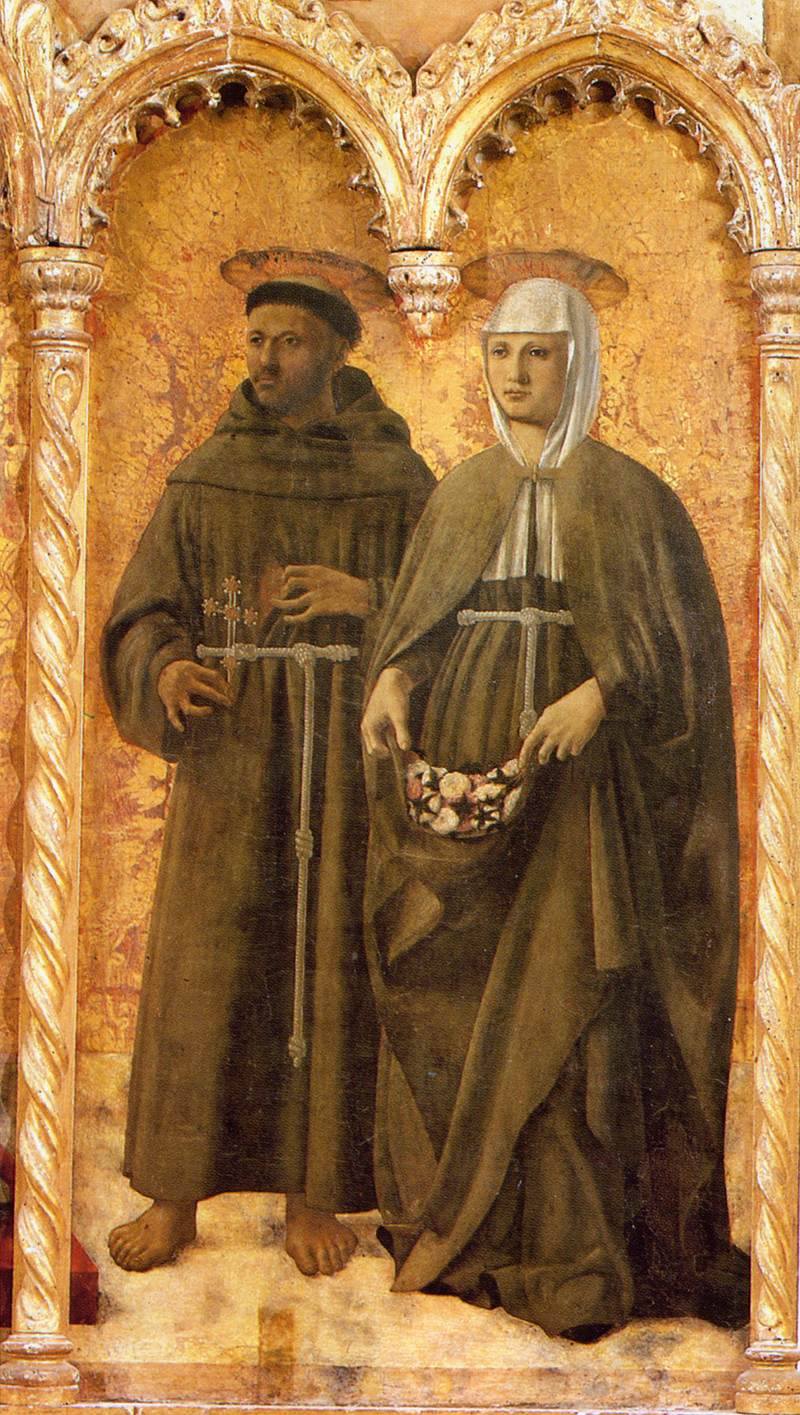St. Elizabeth, princess of Hungary
 |
 |
| shhh I know its not red but it has the roses |
After she died at the age of 24, there were miracles of healing being reported at the hospital she built. She was given quick canonization and is now the patron saint of services, tertiaries, widows, and young brides.
Works Cited
"St. Elizabeth of Hungary." The Catholic Encyclopedia. Vol. 5. New York: Robert
Appleton Company, 1909. 9 Sept. 2016<http://www.newadvent.org/cathen/05389a.htm>.
Appleton Company, 1909. 9 Sept. 2016<http://www.newadvent.org/cathen/05389a.htm>.
Online, Catholic. "St. Elizabeth of Hungary - Saints & Angels - Catholic Online." Catholic Online. N.p., n.d. Web. 09 Sept. 2016. <http://www.catholic.org/saints/saint.php?saint_id=45>.
Zaidan, Henry. "Saint Elizabeth of Hungary, 33 Works - RELIGIOUS ART - Paintings from the Bible by the Old Masters, with Footnotes, 18." Mythology:. N.p., 09 Sept. 2016. Web. 09 Sept. 2016. <http://painting-mythology.blogspot.com/2016/05/saint-elizabeth-of-hungary-33-works.html>.





